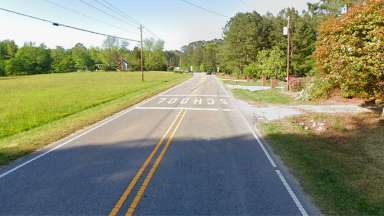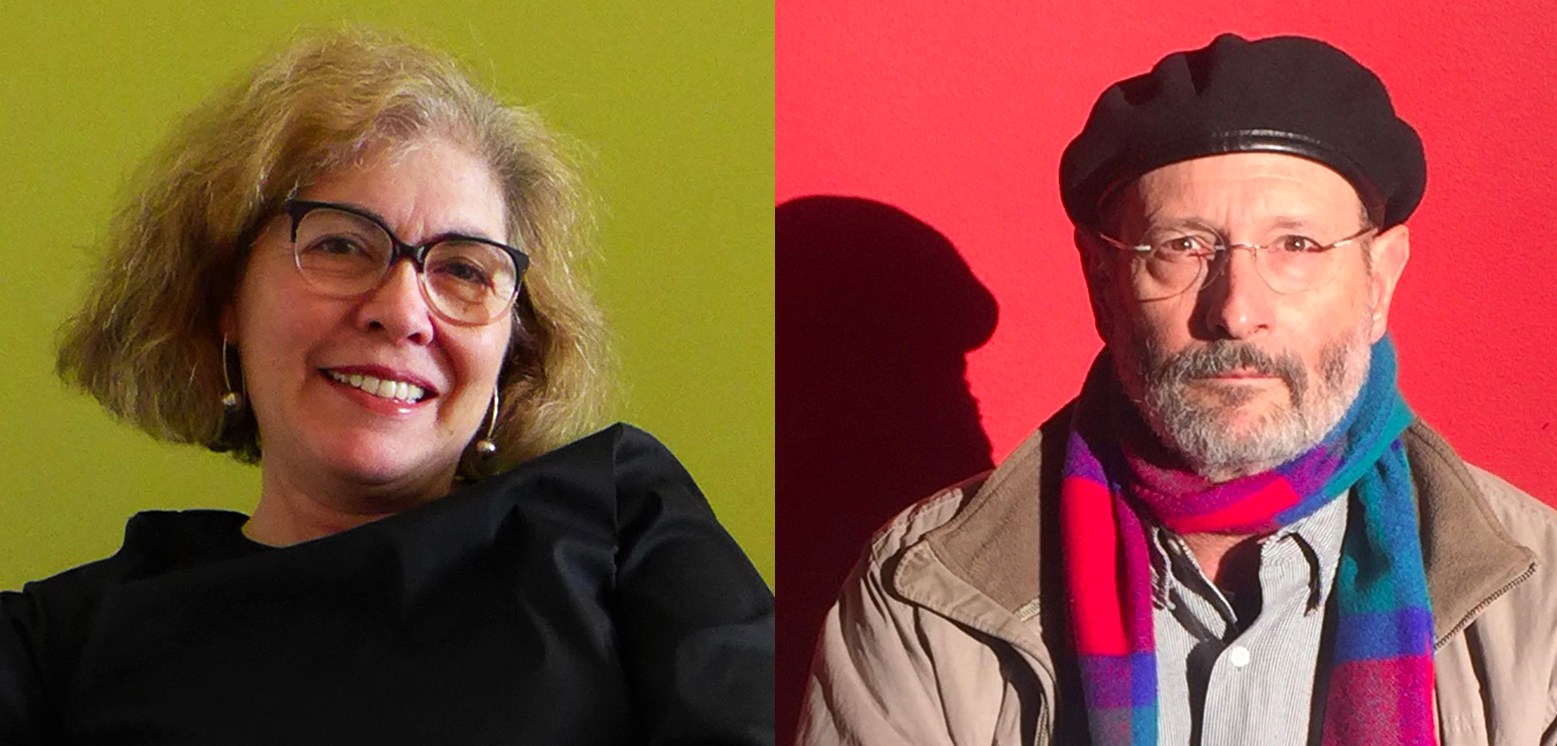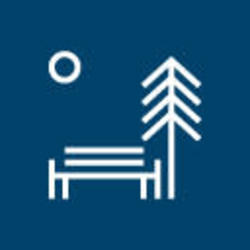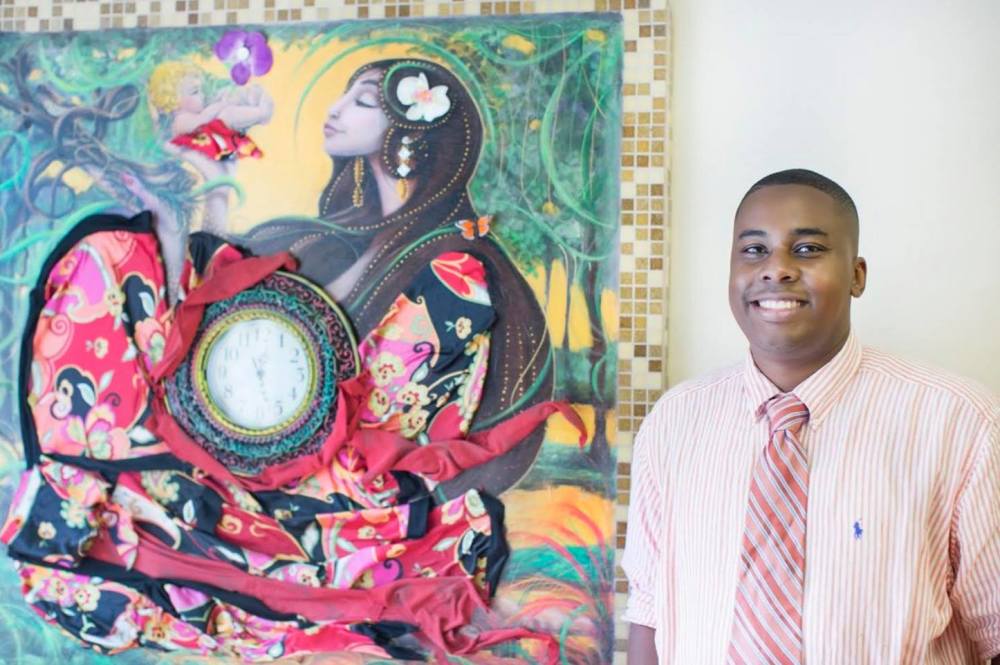Public Art - Barwell Road Streetscape
Public Art - Barwell Road Streetscape
Project Details

The Barwell Road Public Art Project is funded by the 2017 Transportation Bond. Capital Improvement Projects that meet the Percent for Art Ordinance standards, such as this one, are eligible to use 1% of construction funding for Public Art. Inclusion of aesthetics and artwork is an investment in our communities, with a focus on community identity and equity in quality of life. Communities gain cultural, social, and economic value through public art.
The project will add turn lanes, sidewalks, and bike lanes on Barwell Road. The corridor includes residential homes and a well-loved public space consisting of the Barwell Road Elementary School, the City of Raleigh Firestation, and Barwell Community Center complex.
This project is part of the Percent for Art program and is a part of the Barwell Road Improvement Project.
About the Artist
Lead Artists:

UrbanRock Design is an award-winning art and design studio of Jeanine Centuori, FAIA, and Russell Rock. They work between art and design—this interdisciplinary focus enables them to easily interface with arts and construction professionals. UrbanRock Design works in an integrated manner, by creating concepts, images, and production documents.
Learn more about UrbanRock Design
Professional Development Artist:
Jermaine “JP” Powell is a North Carolina based mixed-media artist and muralist. Originally from Cleveland, Ohio, JP holds a Bachelor of Fine Arts from Pratt Institute, located in Brooklyn, New York. His paintings and public art projects explore the complexities of human relationships, materialism, and consumerism.
Timeline
The public art will be installed at the end of the streetscape construction project. Estimated installation in 2027-2028.
Final Designs

Barwell Road Public Art - Final Design
Provide feedback on the public art final designs for Barwell Road Public Art!
Previous Engagement

Public Art on Poole & Barwell Road
We would love to hear your thoughts on public art opportunities along Poole and Barwell Roads. This survey takes approximately 5 to10 minutes to complete. If you have questions about the project,...

Barwell Road Public Art - Concept Design
ARTWORK FOR BARWELL ROADPublic Art for Barwell Road seeks to express the vibrancy of the community through a series of artworks located along the stretch of the Road, and at the Barwell Park area. These...
About Transportation
The City of Raleigh's Transportation Department consolidates transportation and related infrastructure. From planning transportation projects, system operation, and infrastructure maintenance, the department works to optimize service delivery and position the City for ongoing growth. Services provided by the department include transportation planning, traffic engineering, transportation field services, parking operations, GoRaleigh transit services, and highway maintenance.
About Raleigh Public Art
Mission: To create and integrate diverse artworks into Raleigh's landscape in order to establish a vibrant visual environment that provides public places with civic distinction, as well as fostering meaningful connections between people and place.
History: In 2009, the City of Raleigh adopted ordinances creating the Percent Art Program. The program allocates 1% of funds from capital construction projects for public art. Public art associated with City of Raleigh construction projects is managed by the Raleigh Arts Office. More information about Raleigh Arts can be found at https://raleighnc.gov/raleigh-arts
The Barwell Road Public Art Project is funded by the 2017 Transportation Bond. Capital Improvement Projects that meet the Percent for Art Ordinance standards, such as this one, are eligible to use 1% of construction funding for Public Art. Inclusion of aesthetics and artwork is an investment in our communities, with a focus toward community identity and equity in quality of life. Communities gain cultural, social, and economic value through public art.

